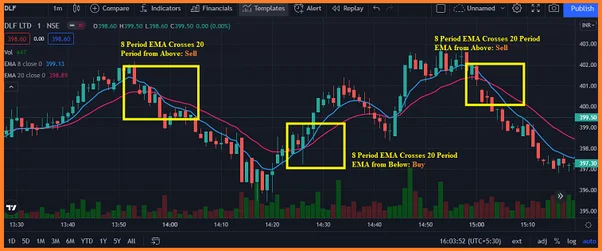
Making smart financial investments is essential for long-term financial security in the fast-paced world of today. The stock market is among the most well-liked and potentially profitable options. This extensive guide was created to assist you in navigating the tricky world of stock market investing and in making wise choices.
Understanding the Basics of Stock Market Investments
Buying stock in publicly traded companies entails taking an ownership position in those companies. These shares serve as a claim against the assets and profits of the business. Before you begin your investing journey, it is imperative that you understand the following key concepts:
1. Stock Market Types
Although there are many varieties of stock markets, the two main ones are as follows:
a. Primary Market
Companies issue new shares in the primary market in order to raise money. You can take part in follow-on offerings or initial public offerings (IPOs) as an investor.
b. Secondary Market
Investors exchange shares with one another on the secondary market, commonly referred to as the stock exchange. Making educated investment decisions can be aided by your knowledge of the various stock exchanges and their distinctions.
2. Risk Tolerance
A key consideration when investing in the stock market is your risk tolerance. To figure out how much risk you can comfortably take on, take into account your age, risk tolerance, and financial objectives.
Creating a Solid Investment Strategy
Developing a strong investment strategy is necessary to outperform the article you provided. This plan ought to fit your investing horizon, risk tolerance, and financial goals. Here are a few crucial actions:
1. Define Your Investment Goals
Establish attainable and transparent financial goals first. Whether your goals are home ownership, retirement savings, or your child’s education, having clearly defined objectives will help you make wise investment decisions.
2. Diversification
Investing portfolio diversification is essential for risk management. Invest in a variety of assets to spread risk and boost return potential, such as stocks, bonds, and real estate.
3. Research and Analysis
To make wise investment choices, thorough research is necessary. Examine market trends, company performance, and financial statements. To find possible investment opportunities, take into consideration using online resources such as stock screeners.
Selecting the Right Investments
Having decided on your approach, the next step is to select the appropriate investments. Important advice on choosing stocks and other securities can be found in this section:
1. Choosing Stocks
a. Fundamental Analysis
Analyze important metrics like revenue, earnings, and debt to assess a company’s financial health. This aids in determining whether stocks are overvalued or undervalued.
b. Technical Analysis
To forecast future movements in stock prices, technical analysis looks at past price and volume data. Moving averages, chart patterns, and other indicators are helpful resources.
2. Investing in Exchange-Traded Funds (ETFs)
ETFs are a great way to diversify your portfolio. These investment funds are made up of a variety of assets, including bonds and stocks. They offer an affordable means of being exposed to different market segments.
3. Mutual Funds
Mutual funds invest in a diverse portfolio of stocks, bonds, and other assets by pooling the money of several investors. They are appropriate for long-term investors and are managed by qualified fund managers.
Managing Your Stock Portfolio
To maximize profits and reduce risk, portfolio management must be done well. The following are some tactics:
1. Regular Monitoring
Keep a careful check on your investments and stay informed about news and changes in the market. To keep your desired asset allocation, you might want to periodically make adjustments to your portfolio.
2. Rebalancing
Rebalancing is making portfolio adjustments to keep your intended asset allocation. It assists you in making sure your investments stay consistent with your objectives and level of risk tolerance.
3. Long-Term Perspective
Having a long-term perspective is often necessary for successful stock market investing. Refrain from acting rashly in response to transient market swings.
Conclusion
Stock market investing can be a lucrative venture if done so with a well-thought-out plan and a dedication to lifelong learning. You can reach your financial objectives and make wise investment decisions by following the instructions in this guide.
FOR MORE INFO CLICK THIS SITE:https://learningsharks.in/
FOLLOW OUR PAGE:https://www.instagram.com/learningsharks/?hl=en







